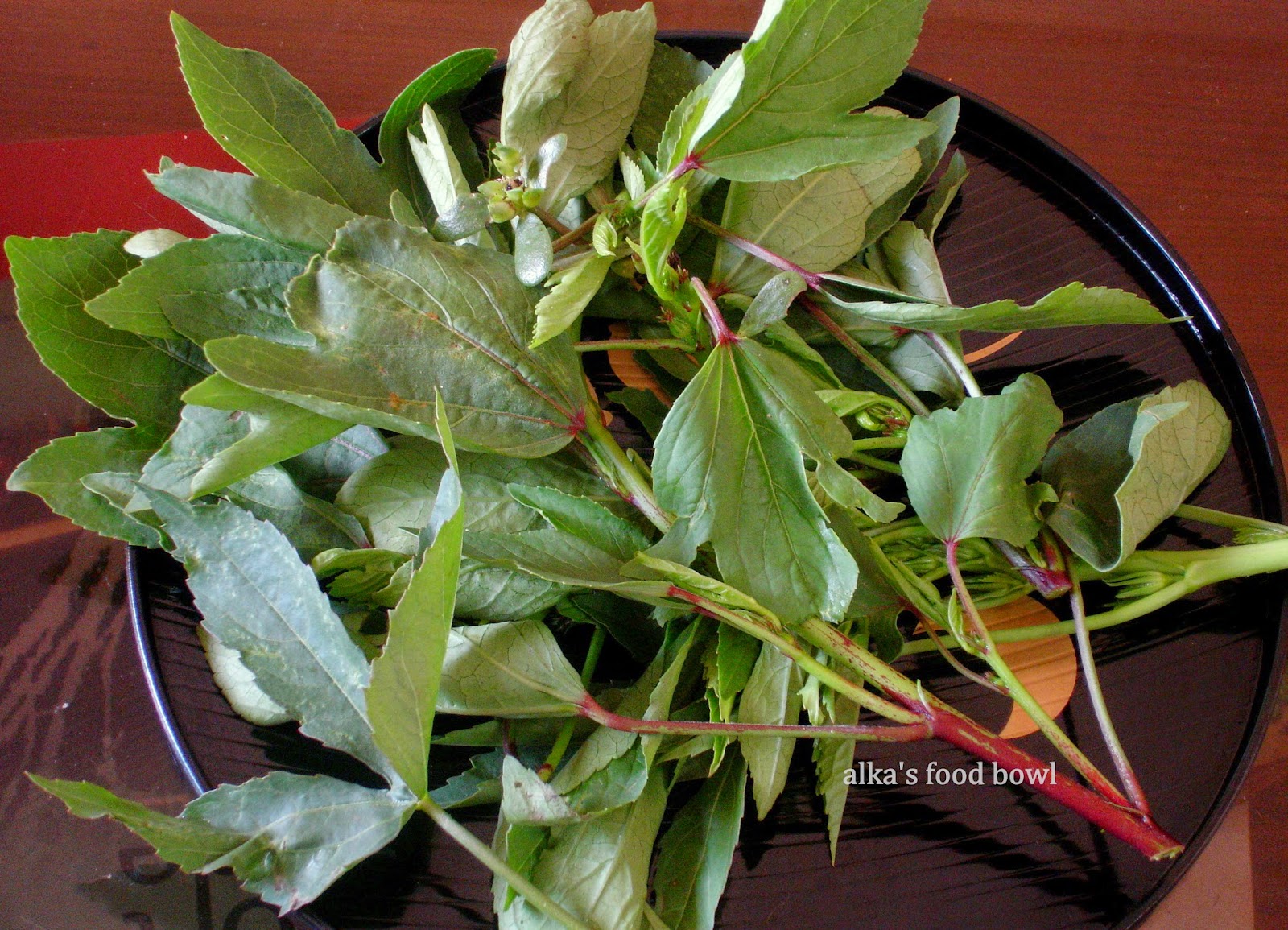Malgav is situated in a picturesque valley. Our family owned many acres of fertile land there. My paternal grand parents cultivated rice, grew
coconuts, jackfruit, supari, cashew, kokum and of course the king of all fruits, The Mango.
On our vacations to Malgav, which were rare, we enjoyed our grand parents hospitality. My grandmother was a great cook. In those days it was difficult to procure all types of vegetables, but she cooked a fine spread with whatever was available. The taste of her raw jackfruit subzi still lingers on my tongue. That recipe I shall share another time. Today I am sharing a recipe "Mango Sasav", which my mother cooked often in this mango season. Raw and ripe mangoes are cooked in various innovative varieties. Sasav is one of them.
Ingredients:
- 4 sucking ripe mangoes
- 6 tbs grated fresh coconut
- 1 tbs coriander seeds
- 1 tsp methi seeds
- 1 tbs red chilli powder
- 1 tsp mustard seeds
- 2 tsp sugar
- 1 tbs oil
Method:
- In 6 cups of water boil the mangoes whole with skin for 20mins
- Cool them remove the skin and squeeze the pulp .
- Keep the seeds, wash the skin with a little water, use this water and discard the skin.
- Heat 1/2 tsp oil roast coriander seeds, methi seeds and mustard seeds for a few seconds.
- Grind together coconut, the above roasted seeds red chilli powder a pinch of haldi to a smooth paste.
- Mix the Mango pulp, ground coconut masala salt, and sugar and the mango seeds.
- Heat 1 tbs oil in a kadai, when hot add 1 tsp mustard seeds, when they splutter add the mango and coconut mixture, cook for 5mins.
- Serve hot or at room temperature.

















































